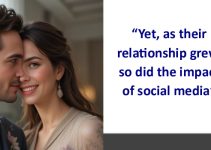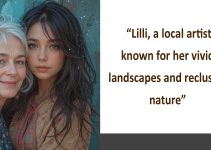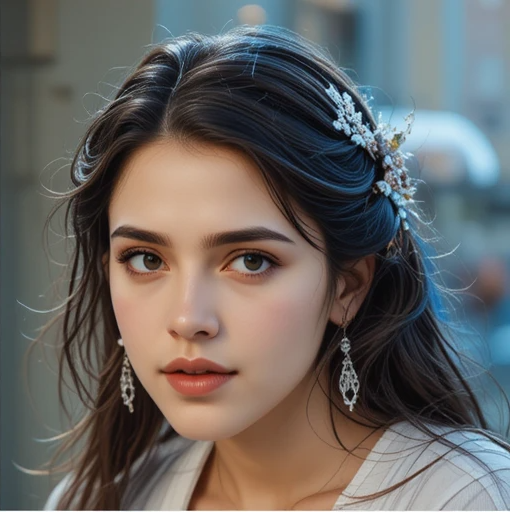
The Age-Old Debate
Aarav sat in his parents’ living room, sipping on a cup of chai as his mother, Meera, scrolled through pictures of prospective brides on her phone. Across from him, his father, Raghav, sighed and adjusted his glasses.
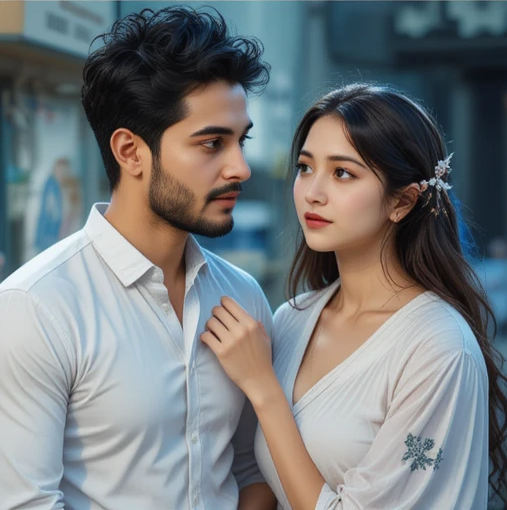
“Aarav, beta, it’s time,” his mother began, her tone gentle but firm. “You’re 28 now. You need to settle down.”
Aarav ran a hand through his neatly combed hair and smiled. “Ma, I’m not against marriage, but shouldn’t I have a say in who I spend my life with?”
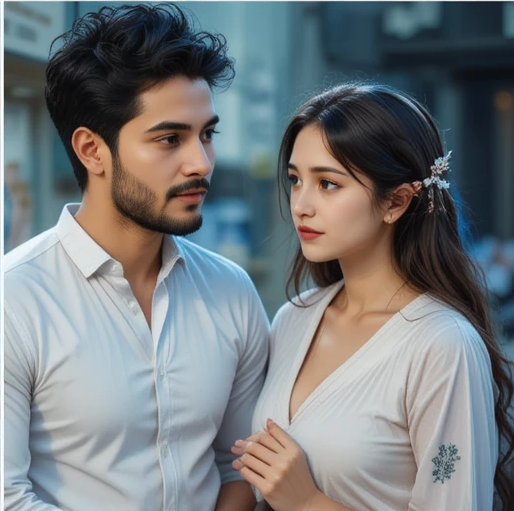
His mother exchanged glances with his father. “Of course, you do, but we are only trying to make sure you find someone who shares our values and upbringing.”

This was the dilemma of the modern generation—balancing familial expectations with personal desires. Aarav had seen both love marriages and arranged marriages around him, and he often wondered: could there be a middle ground?
The Modern Arrangement
On the other side of the city, Naina, a successful marketing professional, was facing a similar conversation with her parents.
“Naina, darling, we are not forcing you into anything,” her mother said. “But wouldn’t it be nice if we could introduce you to someone? You can date him, get to know him, and then decide.”
Naina sighed. She had seen love marriages fail, just as she had seen arranged marriages succeed. Maybe her parents had a point—a blend of both worlds might be the way forward. She agreed to meet someone under the condition that it would be an open-ended introduction, not an obligation.
When Paths Cross
Fate, or perhaps their well-meaning parents, intervened, and Aarav and Naina found themselves sitting across from each other in a cozy café.
“So, you’re also here because of your parents?” Aarav asked, amused.
Naina laughed. “Yes, but I agreed to this because I wanted to see if a hybrid model could work.”
Aarav raised an eyebrow. “Hybrid model?”
“Yes,” she said, taking a sip of her coffee. “Where the families help with compatibility screening, but the final choice is ours. We date like modern couples but with the blessings of our families.”
Aarav nodded. It made sense. It wasn’t forced, yet it retained the familial structure.
Testing the Waters
Over the next few weeks, Aarav and Naina went on dates, spending time learning about each other’s aspirations, fears, and dreams. Their parents were involved, but only as guides, not decision-makers.
“I like how this feels,” Naina confessed one evening as they walked along Marine Drive. “There’s no pressure, yet there’s intention.”
Aarav agreed. Unlike conventional love marriages where emotions often cloud judgment or arranged marriages where pressure dictated outcomes, this model seemed balanced.
The Hurdles
Their budding relationship wasn’t without its challenges. Friends from both sides had opinions.
“If you like her, why not just propose?” Aarav’s best friend, Rohan, asked.
“I want to,” Aarav admitted, “but this process is important. It’s about ensuring compatibility, not just attraction.”
Meanwhile, Naina’s colleagues questioned her decision. “Why involve families at all if you’re making your own decision?”
But she knew the answer. Marriage wasn’t just about two people—it was about merging families, values, and traditions.
The Realization
One evening, at a family gathering, Aarav watched as Naina comfortably conversed with his mother, laughing over shared recipes. He realized that this hybrid approach allowed him the freedom to choose while ensuring familial harmony.
The same realization dawned on Naina when Aarav’s father gave her a book on business strategy, recognizing her passion for marketing. These weren’t just two individuals coming together—it was the merging of worlds.
A New Beginning
After six months, Aarav and Naina decided to take the next step. They had built a relationship on love, mutual respect, and family involvement without unnecessary interference.
At their engagement, Naina raised a toast. “We often debate love versus arranged marriages, but maybe the real answer lies in balance. Love doesn’t have to be impulsive, and arranged marriages don’t have to be rigid. This middle path can work if both partners have agency in the process.”
Aarav smiled, raising his glass. “To love, tradition, and the new hybrid model of marriage.”
The room erupted in applause, and somewhere in the crowd, their parents exchanged satisfied smiles. After all, love and tradition weren’t enemies—they just needed a little compromise to coexist beautifully in the modern world.


